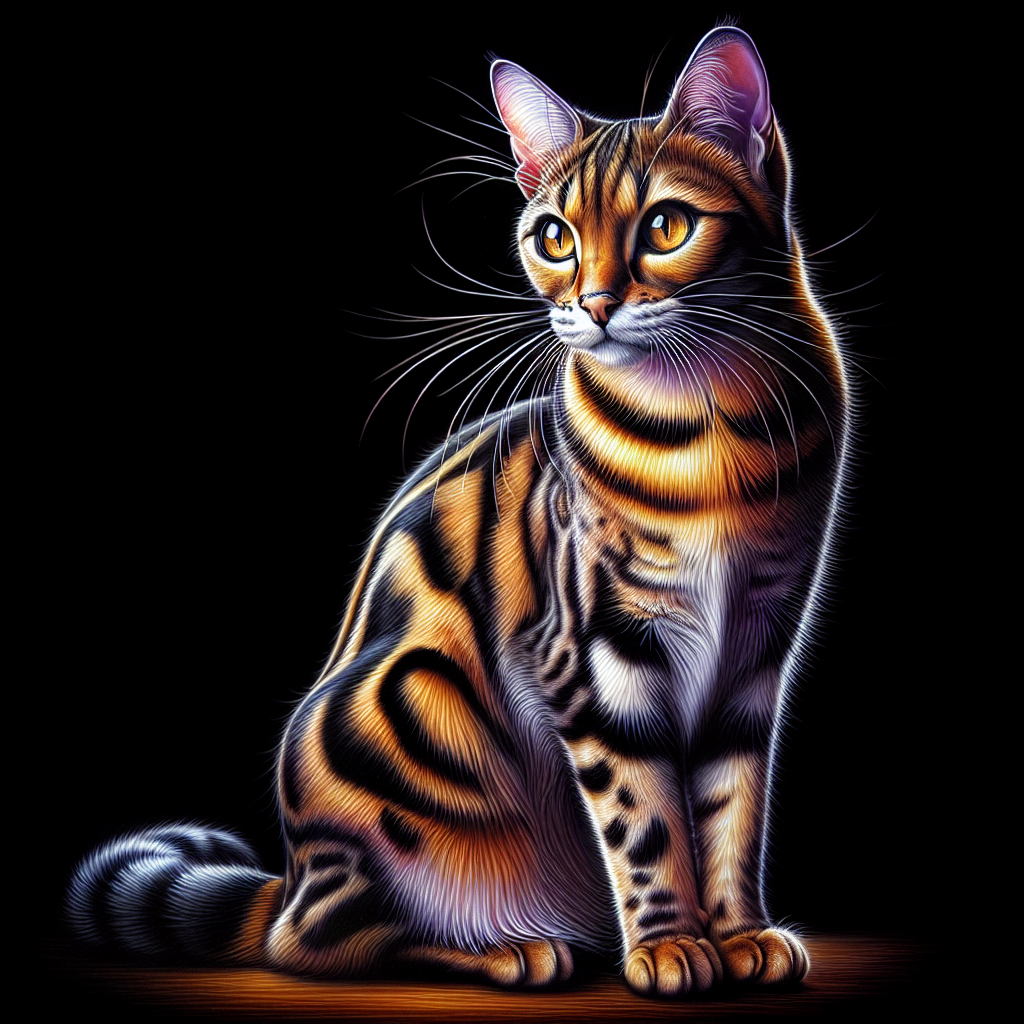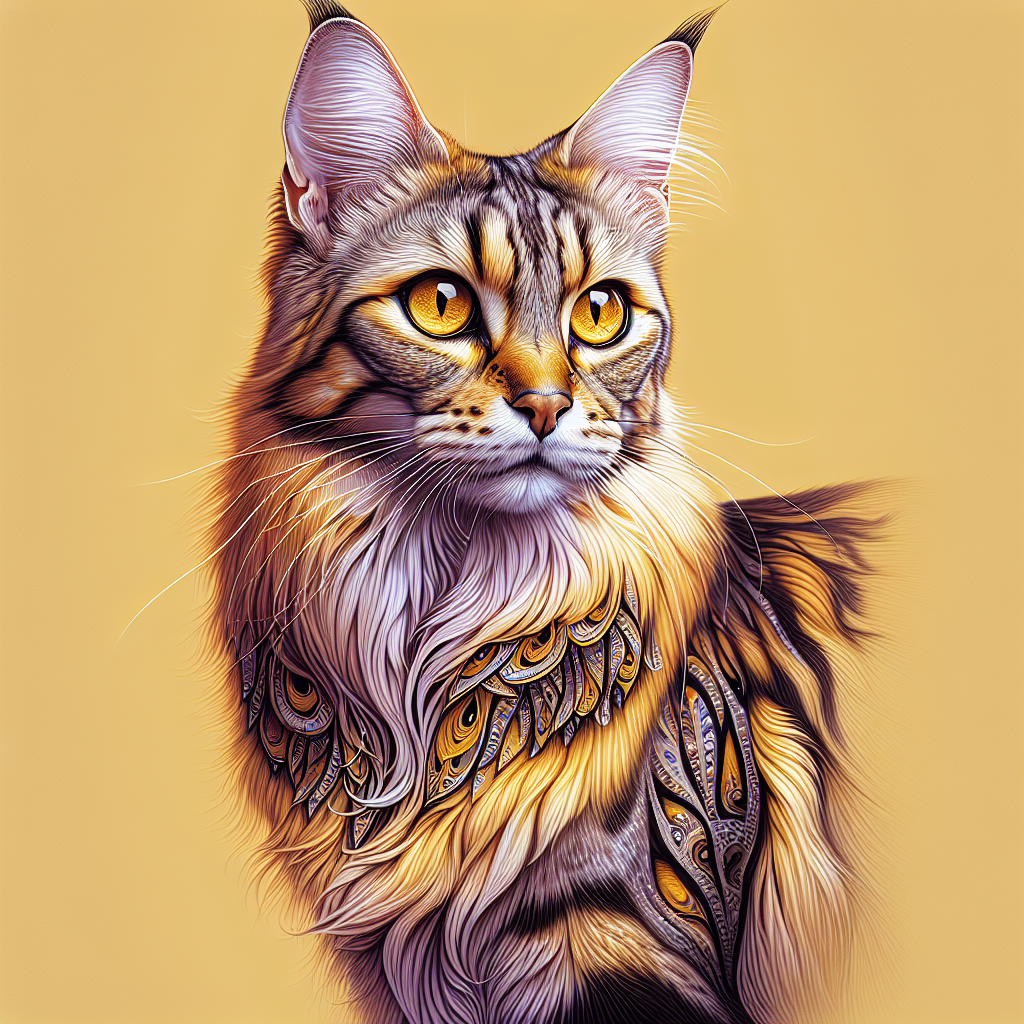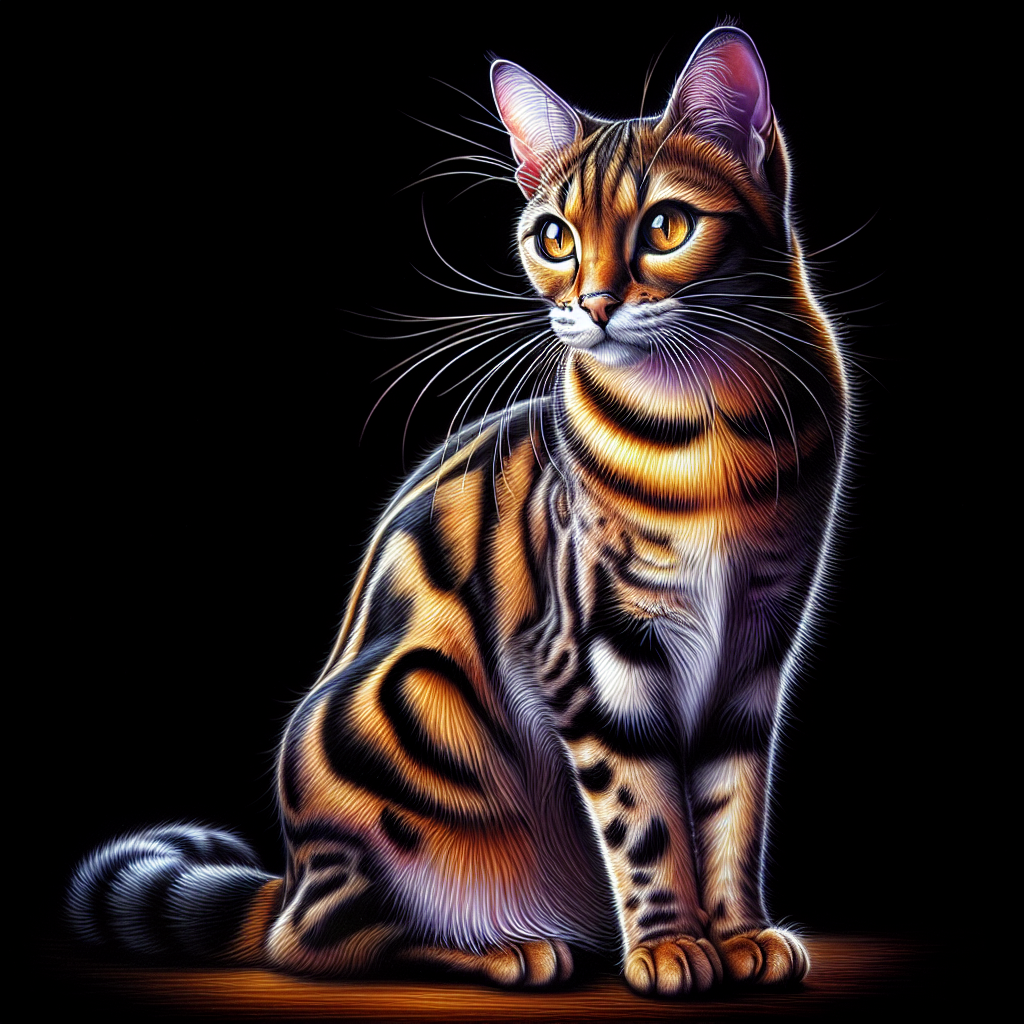Did you know that female tabby cats are actually quite common? Despite the common misconception that tabby cats are mostly male, female tabbies are just as abundant in the feline world. With their distinctive patterns and markings, tabbies can come in a variety of colors and often make loving and affectionate pets. So the next time you come across a female tabby, remember that she is a special and wonderful addition to the feline family.
Are Female Tabby Cats Rare?

Overview
Tabby cats are a popular and beloved breed of feline known for their distinctive coat patterns. Many cat enthusiasts wonder about the rarity of female tabby cats. In this comprehensive article, we will explore the characteristics and genetics of tabby cats, assess the frequency of female tabbies, and discuss possible explanations for any perceived rarity. Whether you are a cat lover or simply curious about feline genetics, this article will provide you with an in-depth understanding of the topic.
What is a Tabby Cat?
Tabby cats are not a specific breed but rather a coat pattern that appears in various cat breeds. They have unique markings that set them apart from other cats. The hallmark of a tabby cat is the “M” shape on their forehead, usually accompanied by stripes, dots, or swirls on their body.
Tabby cats come in different colors and patterns, making each one truly unique. These charming felines have captured the hearts of many due to their playful nature, affectionate personality, and strikingly beautiful coats.
Tabby Cat Coat Colors
Tabby cats exhibit a wide range of coat colors, both common and rare. Some of the most common tabby coat colors include brown, black, and gray. However, tabbies can also come in less common colors such as red, cream, silver, and even blue. The variety of coat colors is an enchanting feature of tabby cats, making them even more appealing to cat lovers.
The color genetics of tabby cats can be fascinating to explore. Genes play a significant role in determining the coat color and pattern of a tabby cat. By understanding the underlying genetics, we can better appreciate the diversity and beauty of tabby coat colors.
Frequency of Female Tabby Cats
One question that often arises is whether female tabby cats are rare. The frequency of female tabbies can vary depending on various factors. While there is no definitive answer, it is worth exploring statistical analysis and anecdotal evidence to gain insights into the gender distribution of tabby cats.
Statistical analysis indicates that female tabbies can be less common than their male counterparts in certain cat populations. However, it is essential to consider that statistical data may not represent the overall feline population accurately. Anecdotal evidence suggests that many people may have subjective perceptions or preferences regarding the gender of tabbies, leading to a perception of rarity.

Possible Explanations
To explain the perceived rarity of female tabby cats, several factors can come into play. Hormonal influence, biological factors, selective breeding, and environmental factors are some possible explanations for the gender distribution pattern observed in tabbies.
Hormonal influence may affect the coat color and pattern of tabby cats. Female tabbies might exhibit more subtle or diluted coat patterns due to hormonal changes during their reproductive cycles. This could lead to a perception that female tabbies are rarer than their male counterparts.
Biological factors can also contribute to the gender distribution in tabby cats. The genetics of tabby cats involve complex interactions, leading to different coat patterns for males and females. These biological mechanisms could play a role in determining the frequency of female tabbies.
Selective breeding is another factor that may impact the gender distribution of tabby cats. Breeders often focus on specific coat colors or patterns, which may influence the availability of female tabbies in certain lineages.
Additionally, environmental factors such as habitat and geographical location could contribute to variations in the gender distribution of tabbies. Different regions might have different populations of tabby cats, influencing the prevalence of female tabbies in those areas.
Genetics of Tabby Cats
Understanding the genetics of tabby cats can shed light on their striking coat patterns and potential gender distribution patterns. The inheritance of tabby patterns is complex and involves various genetic mechanisms.
One significant genetic factor affecting tabby coat patterns is sex-linked genes. These genes are located on the sex chromosomes and can influence the expression of specific traits, including coat color and pattern. The interaction of sex-linked genes with other genes determines the variation seen in tabby cats.
Polygenic inheritance is another genetic mechanism at play in tabby cats. Multiple genes contribute to the overall coat color and pattern, making it challenging to predict the exact phenotype of a tabby cat offspring. These complex genetic interactions further contribute to the diversity of tabby coat patterns.
Variations in Tabby Coat Patterns
Tabby cats exhibit a range of coat patterns, each with its distinct charm and appeal. Understanding the different variations can help appreciate the beauty and uniqueness of each tabby. Some notable tabby coat patterns include:
Mackerel Tabby
Mackerel tabby cats have thin, parallel stripes running vertically down their body, resembling the pattern seen on a fishbone. This pattern is one of the most common and recognizable in tabby cats.
Classic Tabby
Classic tabbies, also known as blotched tabbies, have larger, swirled patches on their body instead of thin stripes. The pattern often forms a bullseye shape on their sides.
Spotted Tabby
Spotted tabbies have spots instead of stripes or swirls. The spots can vary in size and shape, creating a unique and eye-catching pattern.
Ticked Tabby
Ticked tabbies have a unique coat pattern where each hair is banded with different colors. This pattern creates a speckled or salt-and-pepper appearance on the cat’s coat.
Patched Tabby
Patched tabbies, also known as tortoiseshell tabbies, have patches of different colors on their coat. The patches can be large or small, resulting in a beautiful mosaic of colors.
Marbled Tabby
Marbled tabbies have a distinctive pattern where their tabby markings blend together, creating a marble-like effect on their coat. This pattern gives the cat an elegant and sophisticated appearance.
Gender Distribution in Tabby Cats
It is important to understand the gender distribution among tabby cats to address the question of rarity. While statistical analysis might indicate variations in gender ratios, it is vital to consider that any perceived rarity is subjective and influenced by factors such as personal preferences and perceptions.
Male and female tabbies can both exhibit enchanting coat patterns, and their gender distribution can vary between different populations and regions. Understanding and appreciating the diversity of both male and female tabbies can enable a greater appreciation for these wonderful felines.
Tabby Cat Adoption
Regardless of the perceived rarity of female tabby cats, it is essential to remember that all tabbies deserve love and care. If you are considering adding a tabby cat to your family, adoption can be a rewarding choice. Many animal shelters and rescue organizations have a range of tabby cats available for adoption, including both males and females. By adopting a tabby cat, you are giving a loving home to a fantastic companion and helping to reduce overcrowding in shelters.
Conclusion
In conclusion, the perceived rarity of female tabby cats can be subjective and influenced by various factors. While statistical analysis suggests variations in gender distribution, it is essential to consider that any perceived rarity should not overshadow the uniqueness and beauty of individual tabby cats.
Tabby cats, both male and female, come in a variety of coat colors and patterns, each more captivating than the last. Understanding the genetics, variations, and gender distribution of tabby cats allows us to appreciate their charm much better. Whether you are fortunate enough to own a tabby cat or simply admire them from afar, let us celebrate the enchanting world of tabbies and the joy they bring to our lives.

